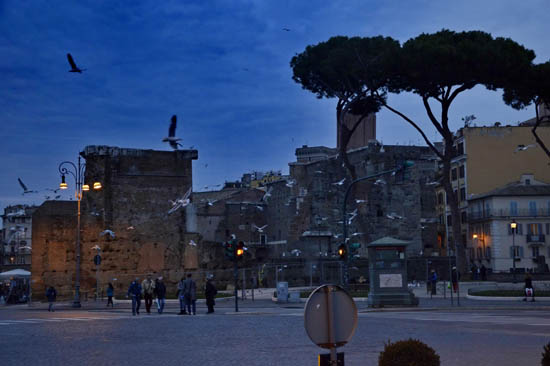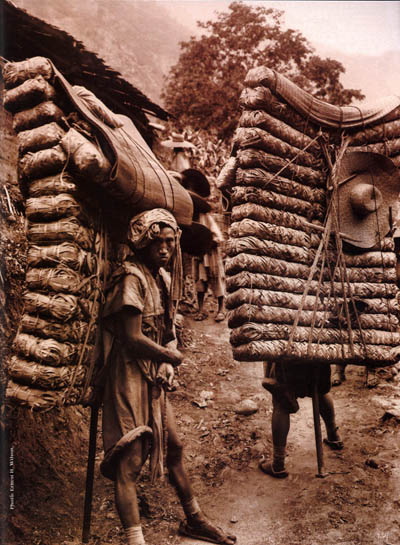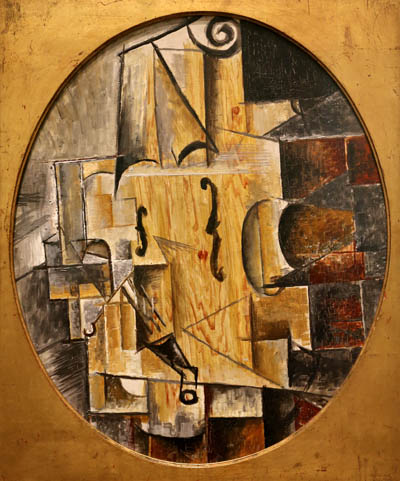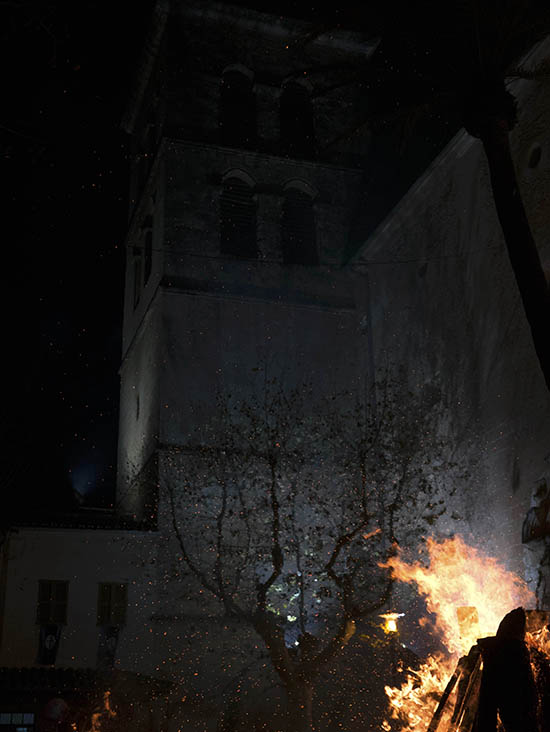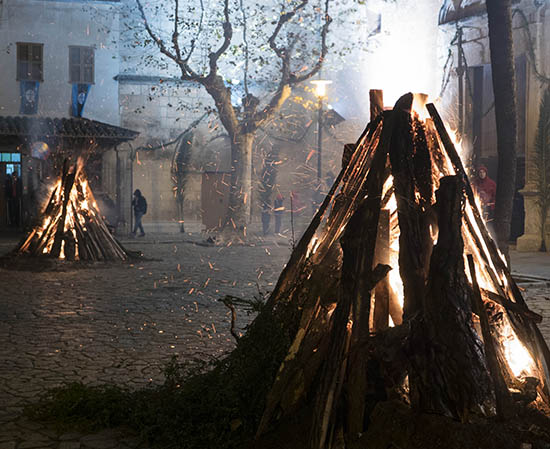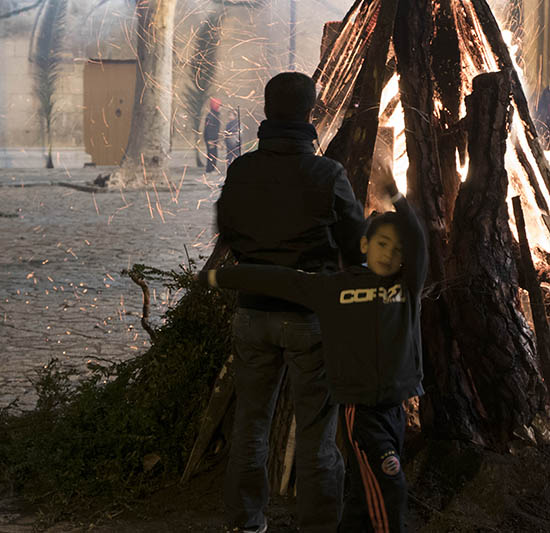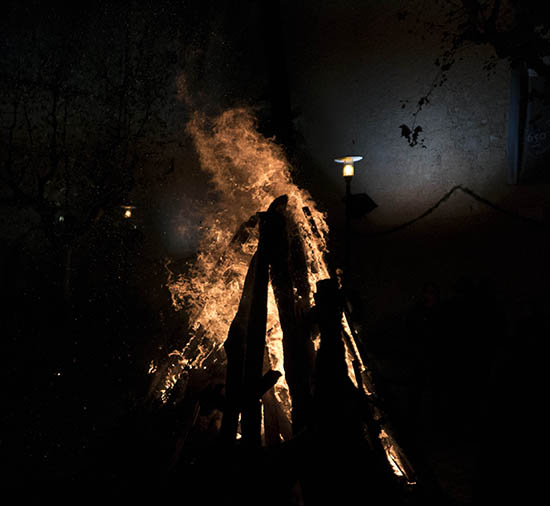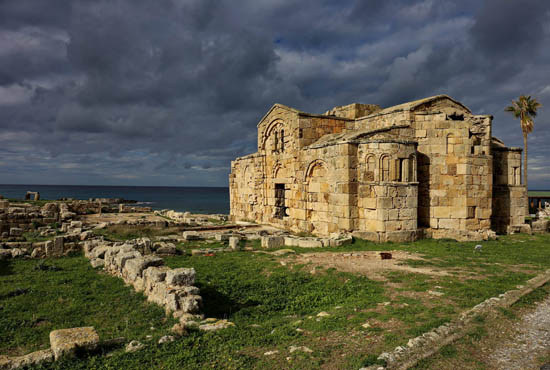
| The tours of río Wang have grown out of this blog at the request of our readers. For the fourth consecutive year, we are organizing tours to regions that we know well and love, and which are not found in tourist office advertisements, or even if they occasionally are, they do not delve so deeply into the history and everyday life of these places, the tissue of little streets, interior courtyards, cafés and pubs only frequented by the locals: to the Mediterranean, Eastern Europe, the Caucasus, Iran, the Far East.
Our journeys are no package tours, but rather friendly excursions. Almost always there is someone who admits to never having wanted to take part in a package tour, but he or she could not resist the offers of the blog. And in the end he/she recounts with relief, that it was absolutely no package tour. That we consider a really great compliment.
For fresh news sign up for our mailing list at wang@studiolum.com! | |


The publication of this year’s tour calendar has been preceded by a lengthy correspondence, in which we harmonized with the several hundred readers who have subscribed to the río Wang mailing list, whoever wants to go where within the wide range of offers, and whoever prefers which dates. Meanwhile, for some tours the maximum number of participants – about sixteen, the capacity of a small bus – has already been reached. So if you want to participate in the shaping of the tour calendar in the future, and want to be sure you do not miss the most popular tours, sign up for the mailing list at
wang@studiolum.com.
In the wake of last year’s tours, we continue to discover the
Caucasus, and we reach one of the most beautiful and hardest-to-reach regions, the valleys of
Tusheti in Georgia. In
Iran we also get to know a new and little-known region, the beautiful mountains of
Kurdistan, and the
Iranian Jewish pilgrimage sites. In the
Mediterranean we continue in
Tuscany the
Traveler and Moonlight tour, begun last year in Umbria. We go to
Sardinia for Carnival, and to
Sicily for Easter. We visit the
Catalan Pyrenees, the cradle of Romanesque art, and tour the mountain villages of
Mallorca. With our
Albanian tour we begin to discover the Balkans, and with the
Cyprus journey at Pentecost, the Greek world. We repeat our popular
Odessa tour, during which we also go through the Ukrainian cradles of Hasidism. After Prague, we continue our series of secret city tours with
Berlin. Finally, the greatest leap of this year will be
China, whose discovery we plan for several occasions. On the first, we will tour one of the most beautiful ad most archaic regions, lying under the Tibetan mountains,
Yunnan, the homeland of Chinese tea and most small Chinese ethnic groups, the land of breathtaking mountain ranges and thousand-year-old little towns.
We regularly hold introductions, history and art history lectures and travel reports. We also send news about them in our newsletters.
You can register or inquire about our tours at
wang@studiolum.com. In response, we send out a detailed program with all the necessary information. According to our well-tested custom, the flight tickets (if we fly) are individually purchased by you, the rest is organized by us. The following participation fees usually include one bed of a two-bed room (with breakfast), the bus rental and the guide; where there are more expenses, I specify. In case you want an one-bed room, I will write you the supplemental fee. Where the participation fee is indicated approximately, it will depend on the number of participants and the corresponding final hotel expense.
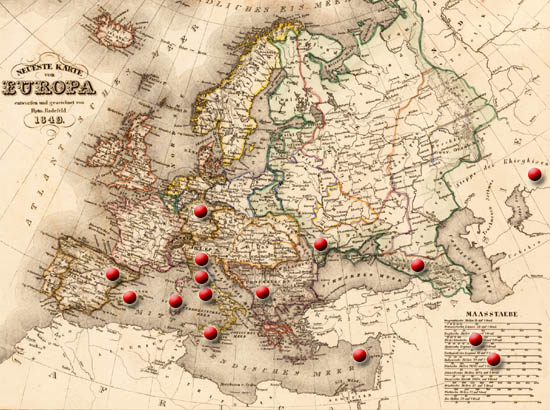
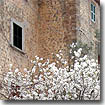 January 16-23: The feasts of Mallorca.
January 16-23: The feasts of Mallorca. To many, Mallorca is a German tourist paradise, but this is only limited to the narrow southern beach. In reality, this island is a beautiful, archaic and unknown world, as we described in our
earlier invitation and
joint travel report, with medieval villages and abbeys, Arab gardens and olive plantations, a still vivid medieval
Jewish quarter, traditional small trattorias, stunning
mountains and
coastline. January is the best month to visit the island, not only because there are no tourists, but the air is warm, and the oranges are ripe, but also because this is the season of the three largest popular feasts: the
temptation of St. Anthony celebrated with all-night dancing and a pig roast; the
blessing of the animals, and the feast of St. Sebastian, when
thousands of demons march with fiery chariots through the old town of Palma. •
Full house
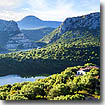 February 24 – March 3: Carnival in Sardinia.
February 24 – March 3: Carnival in Sardinia. The isolated inner part of
Sardinia, the Barbagia, is one of the most archaic regions of the Mediterranean, a stunning mountainous region, with villages preserving age-old traditions, and with thousands of prehistoric
stone constructions. Their Carnival parades also go back to roots of thousands of years. On these we participate in a few villages, while we also tour the mountains, medieval churches and small mountain towns of the region. • Participation fee: ca. 550 euro •
Three free places left
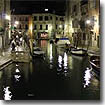 March 8-12: Unknown Venice.
March 8-12: Unknown Venice. “My father limited his visits in Venice to two buildings: St. Mark’s Basilica and Harry’s Bar”, writes John Julius Norwich, the great monographist of the city. Modern tourists are not much different from that. However, during this weekend we go further, and we tour Venice from alley to alley, house to house, from the Lido to the still extant Jewish quarter, and learn about the history of its everyday life. Check for details
the announcement of last year’s Venice tour, and browse
our posts on Venice. • Arrival individually, by plane, train or car, participation fee (accommodation with breakfast, one-day boat pass, guide) 350 euro
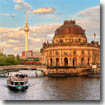 March 24-26, April 6-9, July 6-9: Berlin.
March 24-26, April 6-9, July 6-9: Berlin. Long weekends to get acquainted with Berlin’s iconic sites and less known parts, contemporary architecture and exotic quarters. We will tour the historic core of the city, the recently built centers, the trendy entertainment districts and the hidden small worlds. We will pay special attention to the sites of the cultural blossoming of the 20s, the Russian and Jewish immigration, the post-war division and the alternative scene of the 80s and 90s. • Flight individually, participation fee ca. 300 euro
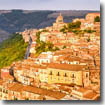 April 11-18: Easter in Sicily.
April 11-18: Easter in Sicily. We take a minibus around the coastal cities and less known mountain towns of the island, the intact Jewish quarters and the monuments of Arab-Norman architecture, as well as the ancient Greek temples fitting harmoniously in the landscape. We take part in the traditional Holy Week and Eastern parades and ceremonies, which are celebrated with a particularly archaic splendor in Sicily. • Flight individually to Catania, participation fee 580 euro. •
Our Easter tour is full, but due to the high level of interest we organize a second Sicilian tour in December, for the feast of Santa Lucia: register soon!
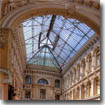 May 23-30: Odessa and the birthplace of Hassidism in Podolia.
May 23-30: Odessa and the birthplace of Hassidism in Podolia. We have already done this long and highly successful tour a couple of times. We start by bus from Budapest, to pass through Southern Galicia, the city of
Czernowitz, the beautiful medieval fortresses of Khotin and
Kamenets-Podolsk (World Heritage Sites) and the oldest, in some places still vivid Hassidic shtetls, finally arriving at the
emblematic city of Russian and Jewish culture, from where we retrun by flight to Prague. Whoever does not wish to immediately continue on his way home, will also be able to participate in a half-day
alternative Prague sightseeing tour. Our posts on Odessa are summarized
here, and
here you can browse our posts on Galician, Hassidic and other Jewish topics. • Participation fee (which also includes all dinners, a special dinner in a traditional Odessite music pub, and the bus) 600 euro; the flight back from Odessa to Prague ca. 100 euro. •
Full house
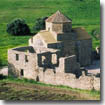 June 1-8: Cyprus.
June 1-8: Cyprus. Most people only know the southeastern corner of the island, the beaches of Larnaca and Aya Napa. However, the interior of Cyprus, the small towns and mountain monasteries preserve thousands of years of history. We will see these in our week-long tour, during the Orthodox Pentecost. We will get acquainted with the fascinating, vivid world, hidden memories and coffee houses of the divided Nicosia, visit the painted monasteries of Troodos Mountains (World Heritage Sites), and Paphos, which this year is Europe’s Capital of Culture. We also go over to the northern, Turkish side, where we tour the most beautiful and most pristine regions of Cyprus, the small port towns, the Venetian mountain fortresses, and the impressive Gothic cathedrals of Famagusta. • Flight individually to Larnaca, participation fee ca. 550 euro.
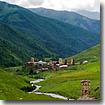 June 26 – July 4. Georgia, Tusheti.
June 26 – July 4. Georgia, Tusheti. This is the third year we
come back to Georgia, always making small changes in our path. This year we visit the old town of Tbilisi, the cathedrals of Mtskheta and Jvari, and then we journey up the
Georgian military highway. From there we approach by off-road vehicles one of Georgia’s most archaic and most difficult-to-reach regions, the
valleys of Tusheti under the border ranges of the Greater Caucasus. On the way back, we visit the
cableway town of Chiatura, and the
monastery of Katskhi. Our collected entries on Georgia and the Caucasus can be
read here. • Flight individually to Kutaisi (e.g. Wizzair from Budapest, ca. 200 euro), participation fee (which also includes the off-road vehicles and all dinners) 600 euro. •
The first tour is full, but due to the high level of interest we organize a second tour in July or August: register for it quickly!
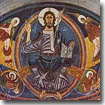 August 25 – September 1: Barcelona and the Catalan Boí Valley.
August 25 – September 1: Barcelona and the Catalan Boí Valley. We visit the cradle of European Romanesque art along the valleys of the Pyrenees, where every village and church is World Heritage Site. We begin in Barcelona with a visit to the city and of the impressive Romanesque frescoes and carvings collected in the national museum, then we go up to the Pyrenees by bus. This tour is the first one in a planned series, in which we tour the richest regions of European Romanesque architecture, to be continued next year in Southern France. • Flight individually to Barcelona, participation fee ca. 550 euro.
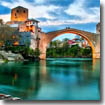 September 4-11: From Sarajevo to Albania.
September 4-11: From Sarajevo to Albania. Our first Balkan tour through a beautiful mountainous regions and small historic towns, in the final moments before mass tourism discovers this part of the world. We visit Sarajevo, make excursions in the mountains of Montenegro and Albania to fortresses, small towns and monasteries. • Flight individually to Sarajevo, participation fee ca. 500 euro. •
Only a few free places left
 September 19-26: Jewish and Kurdish Iran.
September 19-26: Jewish and Kurdish Iran. After visiting Hamadan, the
tomb of Queen Esther and Prophet Habakkuk, the most important Jewish pilgrimage sites in Iran, we go up to the stunning
mountains of Kurdistan, where we visit thousand year old traditional villages, and world heritage sites. Through the Bakhtiari mountains we descend to Isfahan, where we visit the Jewish quarter with its seventeen working synagogues, not mentioned in any guidebook, and we also meet the local Jewish community. • Flight individually, participation fee ca. 700 euro •
This tour can be connected with the following one:
 September 27 – October 6: The feast of Ashura and the historical cities of Iran.
September 27 – October 6: The feast of Ashura and the historical cities of Iran. After a year, we
come again to Iran for the
feast of Ashura, the most important Shiʿa religious feast. As in last year, we participate in the feast in Kashan and Nushabad with
our local friends. We visit
the former Zoroastrian town of Abyaneh, then we tour the axis of the most important historical towns along Yazd, Isfahan, Pasargade, Persepolis and Shiraz. From there we come back with domestic flight to Tehran. • Flight individually, participation fee ca. 900 euro.
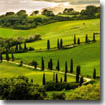 October 10-17: Tuscany.
October 10-17: Tuscany. Last year we toured twice with great success the path of Antal Szerb’s 1937 cult novel
Traveler and the moonlight, from Venice through Urbino and Umbria, Gubbio, Assisi and Arezzo to Siena, identifying and enjoying the sites of the book. This year we continue our way to the west, to see what would have seen Mihály, the protagonist of the story, had he not given up wandering at the end of the novel. We will encounter Etruscan and Roman remains, mountain towns, stunning pieces of early Renaissance painting, and the magnificent sight of the Tuscan hills. • Travel: by bus from Venice. Participation fee (including all dinners) ca. 700 euro •
Only a few free places left
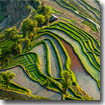 November 5-18: China, Yunnan province.
November 5-18: China, Yunnan province. This year we start to get acquainted with China, with whose language and culture I
have dealt with for over twenty-five years. Our first journey leads to one of China’s most beautiful and most archaic region, rich in historical monuments and natural beauties, the province of Yunnan, lying under the Tibetan mountains, the home of Chinese tea and the villages of most small Chinese ethnic groups. Scenic tea fields and rice terraces, mountain canyons and untouched historic towns (it is worthwhile to see the photos of my Chinese-language
Yunnan guide, bought there some ten years ago). • Flight individually to Dali, Yunnan, participation fee ca. 1000 euro.
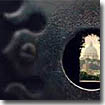 December 6-10: Hidden Rome.
December 6-10: Hidden Rome. During the reprise of the highly successful
Rome excursion in March, we tour the Renaissance and Baroque old city in the bend of the Tiber, visit the most important churches, palaces and squares, the two-thousand-year-old
Jewish ghetto, the
hidden corners untouched by fin-de-siècle urban planning, walk along the medieval pilgrimage routes, and make an excursion to the
campagna. In the course of five days I try to offer in concentrated form all that I have learned during the year I spent in Rome and my later visits, and also leave time for the cafés, the
trattorias, and sitting on the church steps at siesta time, without which you cannot really get to know Rome.
